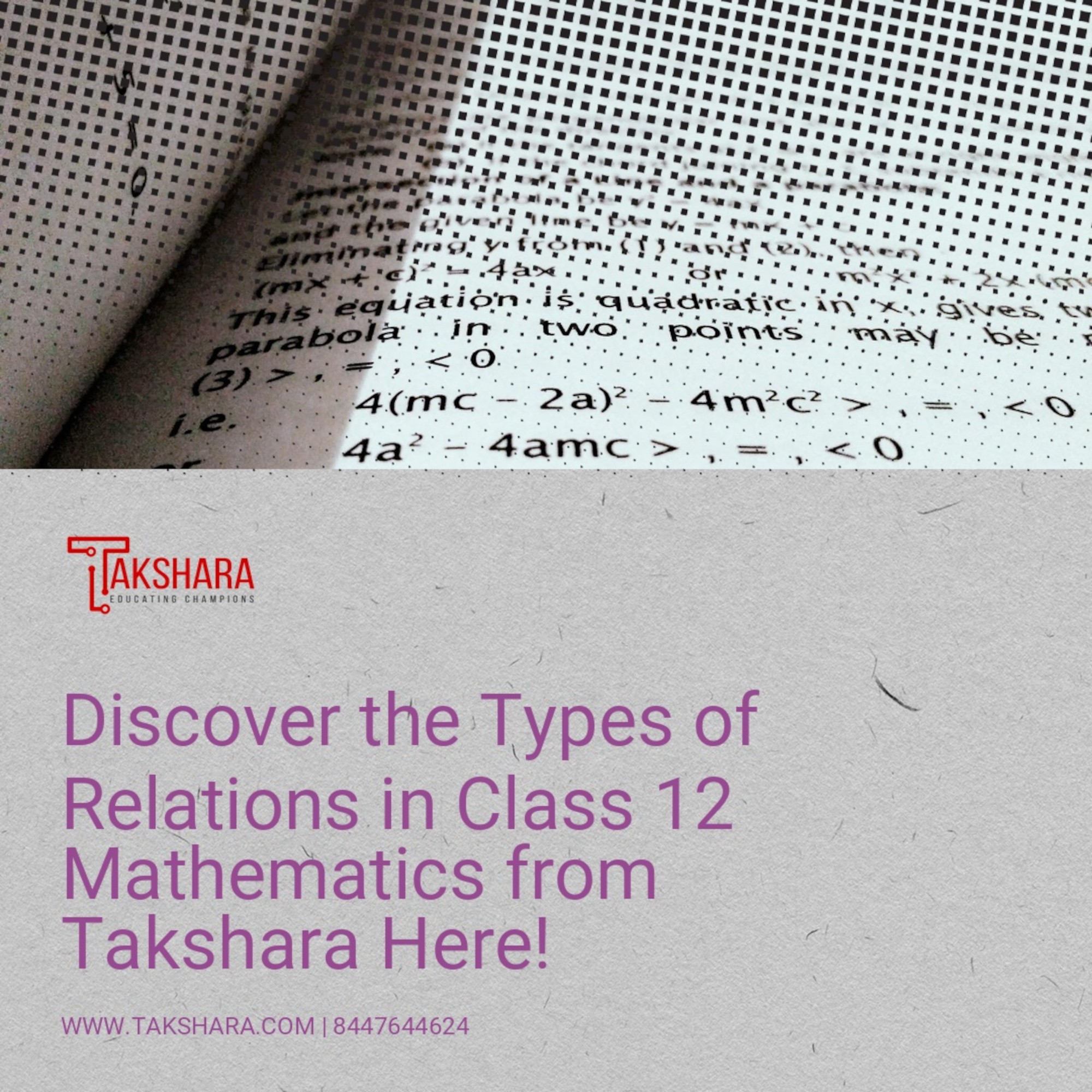
Types of relations
Relations in mathematics can be reflexive or transitive. Reflexive relations are ones in which one object affects another. For example, if I give you a book, then you read it. If I write something, then it is written by me. Transitive relations are ones in which one object affects another and the effect is visible to both objects. For example, if I give you a pen, then you can write with it.
- Reflexive relations
- Transitive relations
- Symmetric relations
In mathematics, a relation is a set of ordered pairs. There are three types of relations: reflexive, symmetric, and transitive.
Reflexive relations are those in which every element is related to itself. For example, the relation “is related to” between people and their parents is reflexive because each person is related to him- or herself.
Transitive relations are those in which if A is related to B and B is related to C, then A must be related to C. The relation “has the same birthday as” between two people is symmetric because if A shares a birthday with B, then B must share a birthday with A.
Symmetric relations are those in which if A is related to B and B is related to A, the symmetric relation is a binary relation.
Reflexive relations
Reflexive relations are a type of relation that involves a self-reference. For example, the relation “is taller than” is reflexive because every object is taller than itself. Other examples of reflexive relations include “is an element of” and “has a mother.”
Reflexive relations are important in mathematics because they can be used to define other types of relations. For example, the relation “is greater than or equal to” can be defined in terms of the reflexive relation “is greater than.” This allows us to use the properties of reflexive relations to solve problems.
Reflexive relations are also useful for creating mathematical models. For example, a model for a person’s height could use the reflexive relation “is taller than.” This would allow us to track a person’s height over time and see how it changes.
Transitive relations
In mathematics, a transitive relation is a binary relation (a set of ordered pairs) that is “transitive”, which means that if A is related to B and B is related to C, then A must be related to C. This can be represented by the following symbol:
A → B → C
For example, the relation “less than” on the set of natural numbers is transitive. If x < y and y < z, then x must be less than z.
Symmetric relations
Mathematics is the study of patterns and relationships. A symmetric relationship is a relationship in which the two sides are equal. For example, if we consider the relationship between two people, A and B, then A’s relation to B is symmetric if A loves B and B loves an equally. We can also think about symmetry in terms of shapes. If we take a square and cut it in half diagonally, then the two halves are still squares. This means that the relationship between the two halves is symmetric.
There are many different types of symmetric relationships. The most basic type of symmetric relationship is a reflexive relationship. In a reflexive relationship, each object in the set is related to itself.




